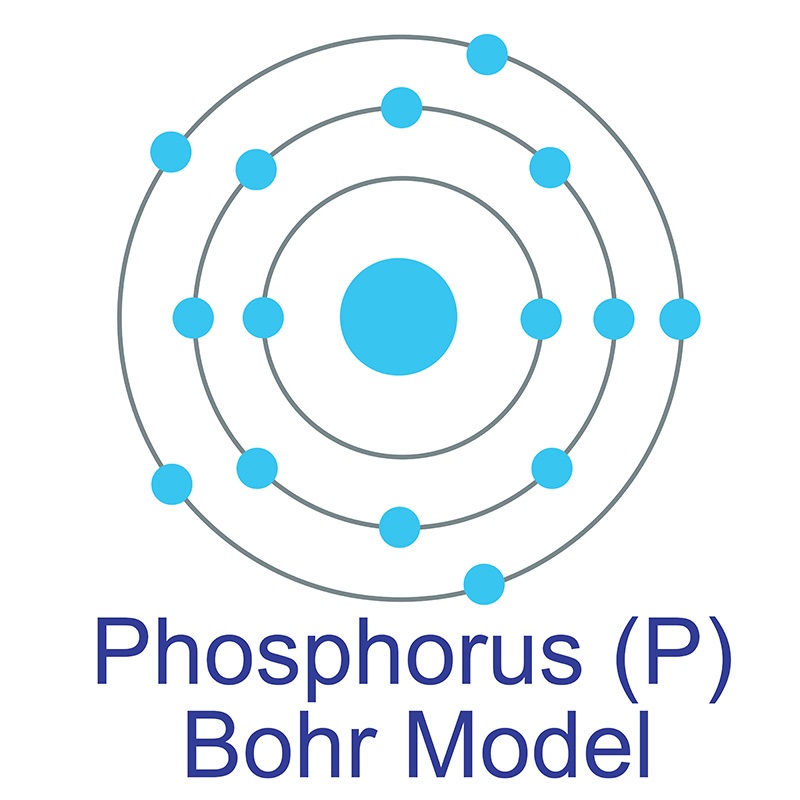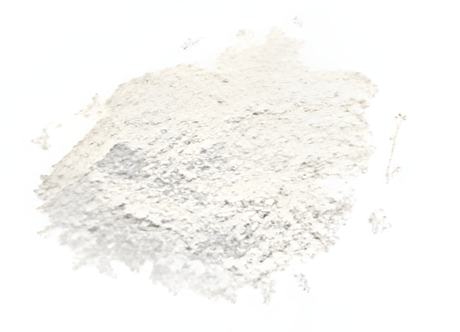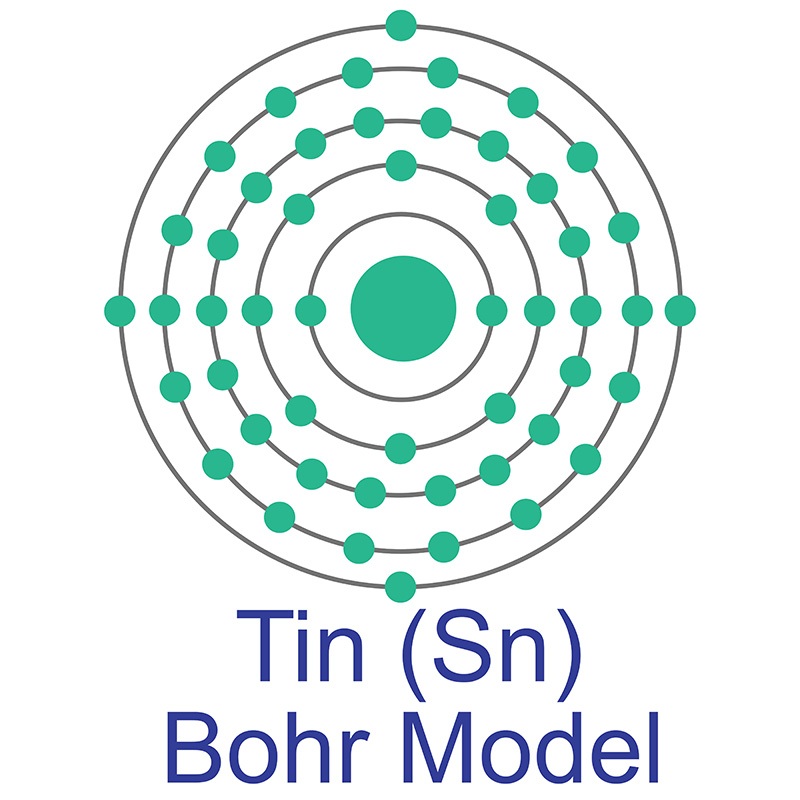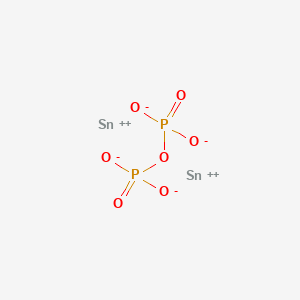SECTION 1. IDENTIFICATION
Product Name: Tin(II) Pyrophosphate
Product Number: All applicable American Elements product codes, e.g. SN2-PPAT-01
CAS #: 15578-26-4
Relevant identified uses of the substance: Scientific research and development
Supplier details:
American Elements
10884 Weyburn Ave.
Los Angeles, CA 90024
Tel: +1 310-208-0551
Fax: +1 310-208-0351
Emergency telephone number:
Domestic, North America: +1 800-424-9300
International: +1 703-527-3887
SECTION 2. HAZARDS IDENTIFICATION
Classification of the substance or mixture
GHS Classification in accordance with 29 CFR 1910 (OSHA HCS)
Skin irritation(Category 2), H315
Eye irritation(Category 2A), H319
Specific target organ toxicity -single exposure(Category 3), Respiratory system, H335
GHS Label elements, including precautionary statements
Pictogram

Signal word
Warning
Hazard statement(s)
H315
Causes skin irritation.
H319
Causes serious eye irritation.
H335
May cause respiratory irritation.
Precautionary statement(s)
P261
Avoid breathing dust/ fume/ gas/ mist/ Vapors/ spray.
P264
Wash skin thoroughly after handling.
P271
Use only outdoors or in a well-ventilated area.
P280
Wear protective gloves/ eye protection/ face protection.
P302 + P352
IF ON SKIN: Wash with plenty of soap and water.
P304 + P340
IF INHALED: Remove victim to fresh air and keep at rest in a position comfortable for breathing.
P305 + P351 + P338
IF IN EYES: Rinse cautiously with water for several minutes. Remove contact lenses, if present and easy to do. Continue rinsing.
P312
Call a POISON CENTER or doctor/ physician if you feel unwell.
P321
Specific treatment (see supplemental first aid instructions on this label).
P332 + P313
If skin irritation occurs: Get medical advice/ attention.
P337 + P313
If eye irritation persists: Get medical advice/ attention.
P362
Take off contaminated clothing and wash before reuse.
P403 + P233
Store in a well-ventilated place. Keep container tightly closed.
P405
Store locked up.
P501
Dispose of contents/ container to an approved waste disposal plant.
Hazards not otherwise classified (HNOC) or not covered by GHS-none
SECTION 3. COMPOSITION/INFORMATION ON INGREDIENTS
Substances
Formula: O7P2Sn2
Molecular weight: 411.36 g/mol
CAS-No.: 15578-26-4
EC-No.: 239-635-5
Hazardous components
Ditin pyrophosphate
Classification
Skin Irrit. 2; Eye Irrit. 2A; STOT SE 3; H315, H319, H335
Concentration
<=100%
SECTION 4. FIRST AID MEASURES
Description of first aid measures
If inhaled
If breathed in, move person into fresh air. If not breathing, give artificial respiration.
In case of skin contact
Wash off with soap and plenty of water.
In case of eye contact
Flush eyes with water as a precaution.
If swallowed
Never give anything by mouth to an unconscious person. Rinse mouth with water.
Most important symptoms and effects, both acute and delayed
The most important known symptoms and effects are described in the labelling
Indication of any immediate medical attention and special treatment needed
No data available
SECTION 5. FIREFIGHTING MEASURES
Extinguishing media
Suitable extinguishing media
Use water spray, alcohol resistant foam, dry chemical or carbon dioxide.
Special hazards arising from the substance or mixture
Nature of decomposition products not known.
Advice for firefighters
Wear self contained breathing apparatus for firefighting if necessary.
Further information
No data available
SECTION 6. ACCIDENTAL RELEASE MEASURES
Personal precautions, protective equipment and emergency procedures
Avoid dust formation. Avoid breathing Vapors, mist or gas.
Environmental precautions
No special environmental precautions required.
Methods and materials for containment and cleaning up
Sweep up and shovel. Keep in suitable, closed containers for disposal.
Reference to other sections
For disposal see section 13
SECTION 7. HANDLING AND STORAGE
Precautions for safe handling
Further processing of solid materials may result in the formation of combustible dusts. The potential for combustible dust formation should be taken into consideration before additional processing occurs. Provide appropriate exhaust ventilation at places
where dust is formed.
Conditions for safe storage, including any incompatibilities
Keep container tightly closed in a dry and wellMventilated place.
Storage class (TRGS 510) : Non Combustible Solids
Specific end use(s)
No specific uses are stipulated
SECTION 8. EXPOSURE CONTROLS/PERSONAL PROTECTION
Control parameters
Components with workplace control parameters
Contains no substances with occupational exposure limit values.
Exposure controls
Appropriate engineering controls
General industrial hygiene practice.
Personal protective equipment
Eye/face protection
Use equipment for eye protection tested and approved under appropriate government standards such as NIOSH (US) or EN 166(EU).
Skin protection
Handle with gloves. Gloves must be inspected prior to use. Use proper glove removal technique (without touching glove's outer surface) to avoid skin contact with this product. Dispose of contaminated gloves after use in accordance with applicable laws and good laboratory practices. Wash and dry hands.
Body Protection
Choose body protection in relation to its type, to the concentration and amount of dangerous substances, and to the specific work-place., The type of protective equipment must be selected according to the concentration and amount of the dangerous substance
at the specific workplace.
Respiratory protection
Respiratory protection is not required. Where protection from nuisance levels of dusts are desired, use type N95 (US) or type P1 (EN 143) dust masks. Use respirators and components tested and approved under appropriate government standards such as NIOSH (US) or CEN (EU).
Control of environmental exposure
No special environmental precautions required
SECTION 9. PHYSICAL AND CHEMICAL PROPERTIES
Information on basic physical and chemical properties
Appearance Form: solid
Odor No data available
Odor Threshold No data available
pH No data available
Melting point/freezing point No data available
Initial boiling point and boiling range No data available
Flash point No data available
Evaporation rate No data available
Flammability (solid, gas) No data available
Upper/lower flammability or explosive limits No data available
Vapor pressure No data available
Vapor density No data available
Relative density No data available
Water solubility No data available
Partition coefficient: n-octanol/water No data available
Auto-ignition temperature No data available
Decomposition temperature No data available
Viscosity No data available
Explosive properties No data available
Oxidizing properties No data available
Other safety information
No data available
SECTION 10. STABILITY AND REACTIVITY
Reactivity No data available
Chemical stability
Stable under recommended storage conditions.
Possibility of hazardous reactions
No data available
Conditions to avoid
No data available
Incompatible materials
Strong oxidizing agents
Hazardous decomposition products
In the event of fire: see section 5
SECTION 11. TOXICOLOGICAL INFORMATION
Information on toxicological effects
Acute toxicity
Inhalation: No data available
Dermal: No data available
Skin corrosion/irritation
No data available
Serious eye damage/eye irritation
No data available
Respiratory or skin sensitisation
No data available
Germ cell mutagenicity
No data available
Carcinogenicity
IARC:
No component of this product present at levels greater than or equal to 0.1% is identified as
probable, possible or confirmed human carcinogen by IARC.
ACGIH:
No component of this product present at levels greater than or equal to 0.1% is identified as a
carcinogen or potential carcinogen by ACGIH.
NTP:
No component of this product present at levels greater than or equal to 0.1% is identified as a
known or anticipated carcinogen by NTP.
OSHA:
No component of this product present at levels greater than or equal to 0.1% is identified as a
carcinogen or potential carcinogen by OSHA.
Reproductive toxicity
No data available
Specific target organ toxicity -single exposure
No data available
Specific target organ toxicity -repeated exposure
No data available
Aspiration hazard
No data available
Additional Information
RTECS: Not available
To the best of our knowledge, the chemical, physical, and toxicological properties have not been thoroughly investigated.
SECTION 12. ECOLOGICAL INFORMATION
Toxicity
No data available
Persistence and degradability
No data available
Bioaccumulative potential
No data available
Mobility in soil
No data available
Results of PBT and vPvB assessment
PBT/vPvB assessment not available as chemical safety assessment not required/not conducted
Other adverse effects
No data available
SECTION 13. DISPOSAL CONSIDERATIONS
Waste treatment methods
Product
Offer surplus and non-recyclable solutions to a licensed disposal company.
Contaminated packaging
Dispose of as unused product.
SECTION 14. EXPOSURE CONTROLS/PERSONAL PROTECTION
DOT (US)
Not dangerousgoods
IMDG
Not dangerous goods
IATA
Not dangerous goods
SECTION 15. REGULATORY INFORMATION
SARA 302 Components
No chemicals in this material are subject to the reporting requirements of SARA Title III, Section 302.
SARA 313 Components
This material does not contain any chemical components with known CAS numbers that exceed the threshold (De Minimis) reporting levels established by SARA Title III, Section 313.
SARA 311/312
HazardsNo SARA Hazards
Massachusetts Right To Know Components
No components are subject to the Massachusetts Right to Know Act.
Pennsylvania Right To Know Components
Stannous Pyrophosphate
CAS-No.-Revision Date
New Jersey Right To Know Components
Stannous Pyrophosphate
CAS-No. Revision Date
California Prop. 65Components
This product does not contain any chemicals known to State of California to cause cancer, birth defects, or any other reproductive harm
SECTION 16. OTHER INFORMATION
Safety Data Sheet according to Regulation (EC) No. 1907/2006 (REACH). The above information is believed to be correct but does not purport to be all inclusive and shall be used only as a guide. The information in this document is based on the present state of our knowledge and is applicable to the product with regard to appropriate safety precautions. It does not represent any guarantee of the properties of the product. American Elements shall not be held liable for any damage resulting from handling or from contact with the above product. See reverse side of invoice or packing slip for additional terms and conditions of sale. COPYRIGHT 1997-2022 AMERICAN ELEMENTS. LICENSED GRANTED TO MAKE UNLIMITED PAPER COPIES FOR INTERNAL USE ONLY.
 See more Phosphorus products. Phosphorus (atomic symbol: P, atomic number: 15) is a Block P, Group 15, Period 3 element. The number of electrons in each of Phosphorus's shells is 2, 8, 5 and its electronic configuration is [Ne] 3s2 3p3. The phosphorus atom has a radius of 110.5.pm and its Van der Waals radius is 180.pm. Phosphorus is a highly-reactive non-metallic element (sometimes considered a metalloid) with two primary allotropes, white phosphorus and red phosphorus its black flaky appearance is similar to graphitic carbon. Compound forms of phosphorus include phosphates and phosphides. Phosphorous was first recognized as an element by Hennig Brand in 1669 its name (phosphorus mirabilis, or "bearer of light") was inspired from the brilliant glow emitted by its distillation.
See more Phosphorus products. Phosphorus (atomic symbol: P, atomic number: 15) is a Block P, Group 15, Period 3 element. The number of electrons in each of Phosphorus's shells is 2, 8, 5 and its electronic configuration is [Ne] 3s2 3p3. The phosphorus atom has a radius of 110.5.pm and its Van der Waals radius is 180.pm. Phosphorus is a highly-reactive non-metallic element (sometimes considered a metalloid) with two primary allotropes, white phosphorus and red phosphorus its black flaky appearance is similar to graphitic carbon. Compound forms of phosphorus include phosphates and phosphides. Phosphorous was first recognized as an element by Hennig Brand in 1669 its name (phosphorus mirabilis, or "bearer of light") was inspired from the brilliant glow emitted by its distillation. Tin(II) Pyrophosphate is generally immediately available in most volumes, including bulk quantities. American Elements can produce materials to custom specifications by request, in addition to custom compositions for commercial and research applications and new proprietary technologies. American Elements also casts any of the rare earth metals and most other advanced materials into rod, bar or plate form, as well as numerous other machined shapes and in the form of solutions and organometallic compounds. Ultra high purity and high purity forms also include metal powder, submicron powder and nanomaterials, targets for thin film deposition, and pellets for chemical vapor deposition (CVD) and physical vapor deposition (PVD) applications. American Elements produces to many standard grades when applicable, including Mil Spec (military grade); ACS, Reagent and Technical Grade; Food, Agricultural and Pharmaceutical Grade; Optical Grade, USP and EP/BP (European Pharmacopoeia/British Pharmacopoeia) and follows applicable ASTM testing standards. Typical and custom packaging is available, as is additional research, technical and safety (MSDS) data. Please contact us for information on lead time and pricing above.
Tin(II) Pyrophosphate is generally immediately available in most volumes, including bulk quantities. American Elements can produce materials to custom specifications by request, in addition to custom compositions for commercial and research applications and new proprietary technologies. American Elements also casts any of the rare earth metals and most other advanced materials into rod, bar or plate form, as well as numerous other machined shapes and in the form of solutions and organometallic compounds. Ultra high purity and high purity forms also include metal powder, submicron powder and nanomaterials, targets for thin film deposition, and pellets for chemical vapor deposition (CVD) and physical vapor deposition (PVD) applications. American Elements produces to many standard grades when applicable, including Mil Spec (military grade); ACS, Reagent and Technical Grade; Food, Agricultural and Pharmaceutical Grade; Optical Grade, USP and EP/BP (European Pharmacopoeia/British Pharmacopoeia) and follows applicable ASTM testing standards. Typical and custom packaging is available, as is additional research, technical and safety (MSDS) data. Please contact us for information on lead time and pricing above. See more Tin products.
See more Tin products. Tin has nine stable isotopes and 18 unstable isotopes. Under 3.72 degrees Kelvin, Tin becomes a superconductor. Applications for tin include
Tin has nine stable isotopes and 18 unstable isotopes. Under 3.72 degrees Kelvin, Tin becomes a superconductor. Applications for tin include 
